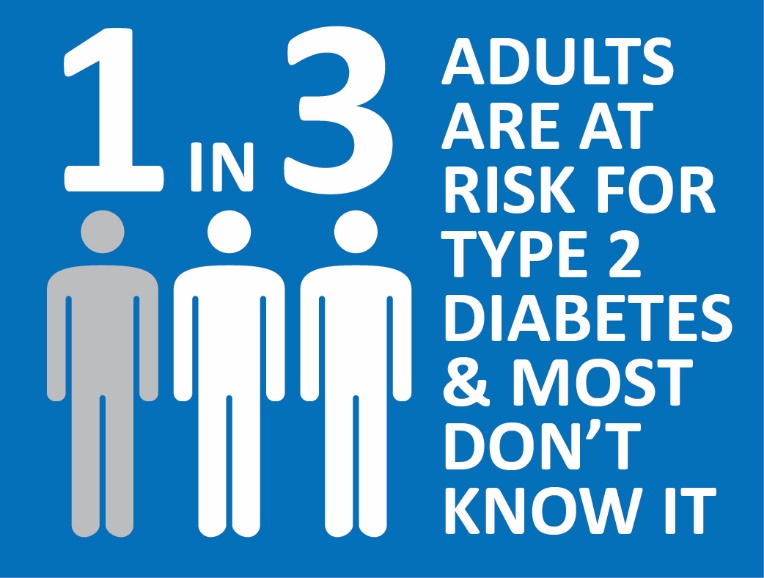Type 2 diabetes is the most common form found in the US.
Ninety to ninety-five percent of people diagnosed with
diabetes have this type.

Usually developed later in life, it is most commonly
diagnosed in people over the age of fifty-five, but in many
cases as young as forty or even younger.
This is because eighty percent of people diagnosed with
type 2 diabetes are overweight. With obesity at an all time
high, the diagnoses for type 2 diabetes is also at an all
time high.
In type 2 diabetes, the pancreas is still producing
insulin, but for some unknown reason, the body is not able
to utilize it effectively. As a result, just as in type 1
diabetes, type 2 people develop a dangerous buildup of
glucose in the blood and the body is not able to utilize it
for fuel.

People who have type 2 diabetes may see their symptoms
develop over time. They are not usually as noticeable as
the type 1 symptoms.
Symptoms include fatigue, frequent urination, especially
throughout the night hours, unusual thirst, weight loss,
frequent infections and slow healing sores.
In fact, sores may never heal and if not treated it is
common for people to have limbs amputated. This usually
occurs in the legs, feet and toes.
Also as with type 1, if the symptoms go untreated and
insulin is not administered when necessary, the patient
runs the risk of slipping into a diabetic coma, which can
be fatal.
It is important if you have any symptoms of type 1 or 2
diabetes you speak with a health professional and get
tested.






